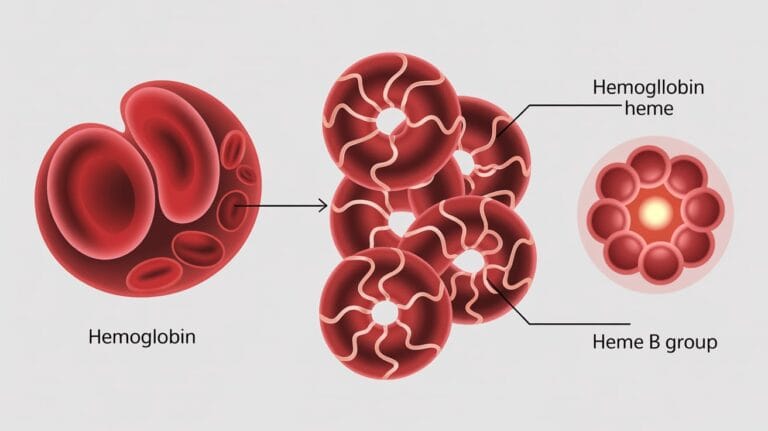Definition:
Lipids are the organic compounds that can be obtained from cells and tissues by non-polar organic solvents. Lipids are not polymers.
Lipids are insoluble in water but they are soluble in organic solvents like benzene, carbon tetrachloride, ether and acetone. Although they dissolve in all organic solvents; but highly soluble in non-polar organic solvents.
Examples of lipids:
Fats, oils, waxes, terpenes, steroids, prostaglandins, also the colorful carotenes in the falling leaves are all lipids.
Classification of lipids:
- Simple lipids
- Compound or complex lipids
- Derived lipids
- Miscellaneous lipids.
Simple lipids:
These are the esters of fatty acids and alcohols.
Examples:
tripalmitin, mustard oil, corn oil, lanolin(from lamb’s wool), bees wax etc.
There are two types of simple lipids:
- Triglycerides or Neutral fats
- Waxes
Complex or Compounds lipids:
These are fatty acid esters with alcohols including additional groups which are called prosthetic groups.
Examples:
Lysophospholipids, cardiolipins, plasmogens, sphingomyelins, phosphatidylcholine(lecithin), phosphatidylehtenolamine (cephalin), phosphatidyl serine, phosphatidyl inositol.
These are further types of complex lipids:
- Phospholipids
- Glycolipids
- Lipoproteins
Derived lipids:
These are products obtained from the hydrolysis of simple and compound lipids having the characteristics of lipids.
Examples:
Lipid soluble vitamins and hormones, steroids, fatty acids and ketone bodies.
Miscellaneous lipids:
They have different characteristic groups possessing characteristics of lipids.
Examples:
Terpenes, pentacosane, squalene, carotenoids.
Functions of lipids:
- Lipids are the source of energy in living organisms. Most importantly, triglycerides which include fats and oils serve as reserve energy source.
- Lipids act as source of fat soluble vitamins (A,D,E and K) as they help in absorption of fats from intestine.
- Lipids act as structural constituents of membranes; as cholesterol, a steroid, is an important part of plasma membrane phospholipids and cholesterol help in membrane permeability.
- Lipids provide thermal insulation in subcutaneous tissue layer and around certain organs helping in their protection and also act as electrical insulators in neurons.
- Triglycerides are non-polar hydrophobic; stored in nearly anhydrous form and its stores provide survival for several weeks.
- Phospholipids are lipotropic factors as they prevent fatty liver i.e. accumulation of fats in liver.
- phospholipids help in coagulation; as thromboplastin (coagulation factor III) which initiates clotting process is made up of cephalin (a phospholipid).
- Phospholipid(lecithin) prevents alveolar collapse; act as lung surfactant.
- Glucolipids act as surface receptors for drugs and hormones; as receptors for cholera and tetanus toxins.
- Cholesterol is a precursor of steroid hormones. Bile acids are derived from it which emulsify dietary fats to make them accessible to lipase enzyme (a dietary enzyme).


